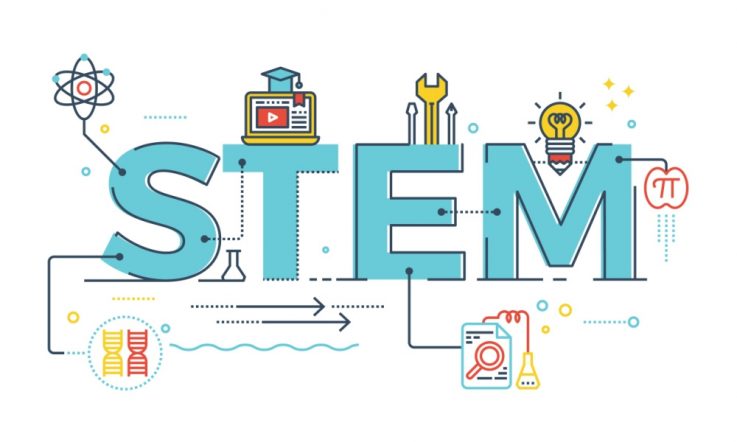There's a growing smorgasbord of initiatives and resources beyond the classroom supporting the push to improve STEM learning outcomes, so finding one to fit your students' needs at any given moment in time can feel a little overwhelming.
In an attempt to make things easier for educators, the first national STEM Programme Index has just been released. SPI 2016 brings together information on more than 250 Science, Technology, Engineering and Mathematics opportunities available to schools and students. It is available via this link, or you can download a PDF copy at the foot of this article.
The guide is a joint initiative of the Office of the Chief Scientist and peak association the Australian Industry Group (AIG). The listings include in-school programs, university enrichment, after-school clubs, mentoring schemes and excursions.
They've been compiled from publicly available information and consultations carried out up to January 2016. 'We've searched widely, but we know there are more great programmes out there – and there'll be more to come in the critical years ahead,' the guide says.
There are 10 chapters: science (general); Biology/Agriculture; Chemistry; Earth Science/Climate Science; Physics/Astronomy; Digital Technology and ICT; Engineering and Technology; Mathematics; Integrated STEM and multidisciplinary; and Entrepreneurial Skills. Each chapter is sub-divided into the reach of the program (international, national or state and territory), type (in-school, excursions and so on) and suggested grade level (primary or secondary).
Outgoing Chief Scientist Professor Ian Chubb highlighted the fact that although the need for STEM expertise is growing, data show the number of youngsters opting to study STEM disciplines in secondary school, and going on to tertiary level studies in these fields, is declining in Australia.
'It takes 14 years, or thereabouts, for young people to progress from pre-school to Year 12 in Australia. What happens to them in that time ought to concern us all,' Chubb says in his foreword to the guide. 'We don't want them to leave confident they know all there is to know ... we do want them to leave with the passion to be a seeker, the skills to do it effectively, and the imagination to make a wonderful life and career.'
Commenting on the STEM support now available to educators in Australia, AIG Chief Executive Innes Willox says there are 'phenomenal resources' beyond the classroom that are just waiting to be tapped. '... Mentors, equipment, networks and above all, ideas.'
- The Australian STEM Video Game Challenge is one of the programs featured in SPI 2016. This free, national competition for Year 5 to 12 students is coordinated by the Australian Council for Educational Research (ACER). Students work individually or in teams to design and create an original game based on a STEM learning theme. The 2016 challenge will open in April. To access teaching and student resources, and to find out how to get involved, visit the Australian STEM Video Game Challenge website.
Download a PDF copy of SPI 2016 by clicking on the link.
The theme of ACER's Research Conference 2016 is Improving STEM Learning: What will it take? The conference takes place from 7-9 August at the Brisbane Convention and Exhibition Centre. To register visit www.acer.edu.au/rc



